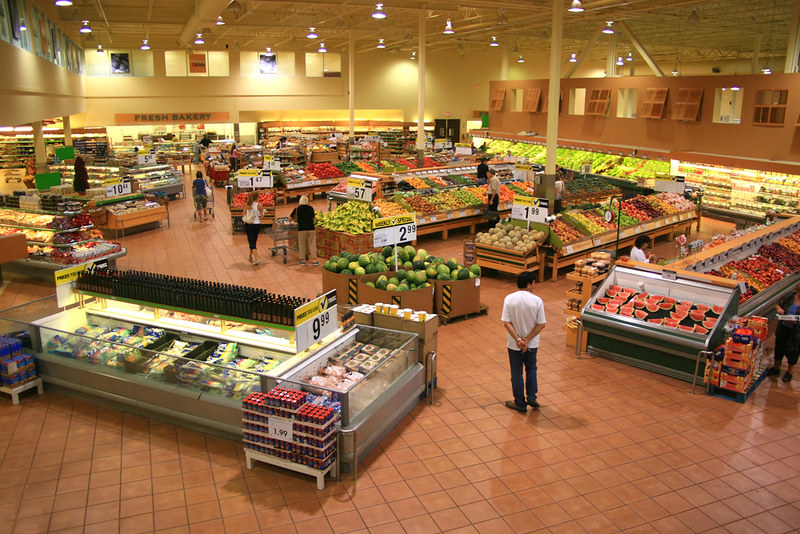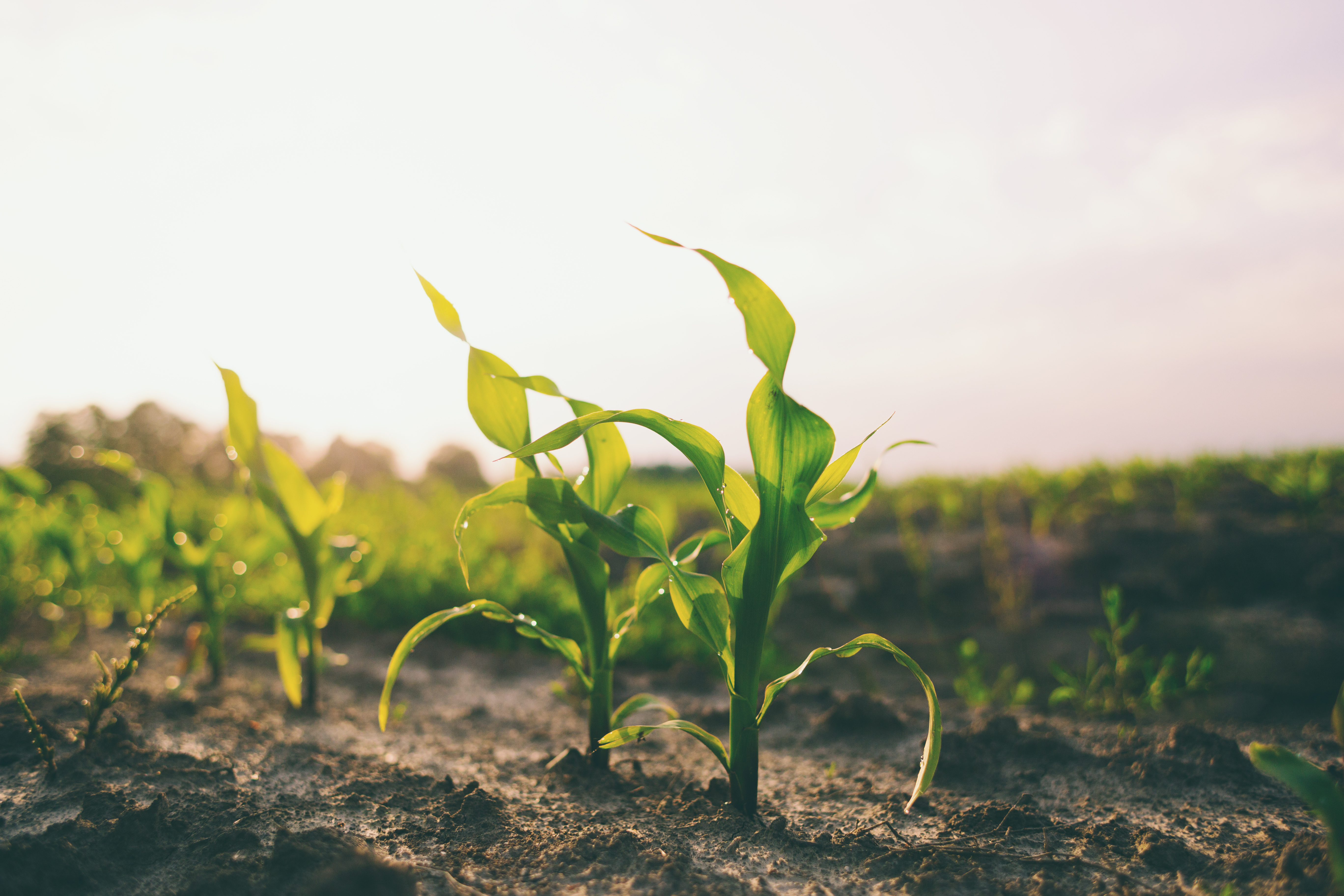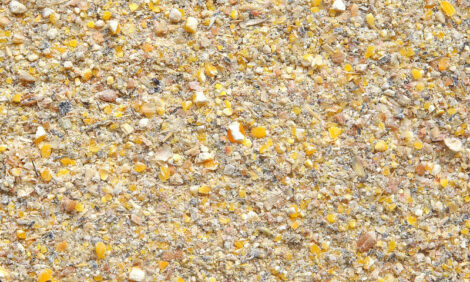



UN food price index hits 6½-year high, prompting fears of global food inflation
Global food prices rose for an eighth consecutive month in January, reaching their highest level since July 2014.The UN Food agency updated the Global Food Price Index on 4 February as economies continue to battle fallout from the COVID-19 pandemic.
The Food and Agriculture Organisation's food price index, which measures monthly changes for a basket of cereals, oilseeds, dairy products, meat and sugar, averaged 113.3 points last month December's 108.6, revised up from 107.5. Jumps in cereals, sugar and vegetable oils led the rise, the agency said.


Some governments are taking action to tackle surging domestic food prices, although such moves drive global values higher by reducing supplies for international markets. The consequence is already evident in grain prices, such as corn, hitting multi-year highs.
Grain-consuming giant China is stockpiling supplies, while Argentina has suspended sales of maize for export until 28 February. Russia is imposing taxes on exports of wheat, barley and maize.
The World Bank said in December that food price increases, combined with reduced incomes, had aggravated chronic and acute hunger, hitting vulnerable households in almost every country.
The Rome-based FAO said in a statement that worldwide cereal harvests remained on course for an annual record in 2020, but warned of a sharp fall in stocks and signalled unexpectedly large import demands from China.
FAO's cereal price index climbed 7.1 percent month-on-month in January, led higher by international maize prices. They soared 11.2 percent, some 42.3 percent above their level a year ago, buoyed in part by purchases by China and lower-than-expected US production.
Wheat prices increased 6.8 percent, driven by strong global demand and expectations of reduced sales by Russia when its wheat export duty doubles in March 2021, FAO said.


Sugar jumped 8.1 percent, with worries about worsening crop prospects in the European Union, Russia and Thailand, and dry weather in South America, pushing up import demand.
The vegetable oil price index increased 5.8 percent to its highest level since May 2012, driven in part by lower-than-expected palm oil production in Indonesia and Malaysia. Soyoil prices were fuelled by reduced export opportunities and prolonged strikes in Argentina.
Dairy prices rose 1.6 percent, underpinned by heavy Chinese purchases ahead of the upcoming New Year holiday.
The meat index posted a 1.0 percent gain, led by brisk imports of poultry, especially from Brazil, amid avian influenza outbreaks that have hampered exports from several European countries.
Cereal output raised
FAO revised up its forecast for the 2020 cereal season to 2.744 billion tonnes from a previous estimate of 2.742 billion tonnes made in December, with both wheat and rice yields seen rising. It trimmed forecast for coarse grains production due to reduced prospects for the United States and Ukraine.
The UN agency said China was importing unexpectedly large quantities of maize this season, which was having a significant knock-on impact on estimates for world utilisation and stocks.
The forecast for world cereal utilisation in 2020/21 was put at 2.761 billion tonnes against a previous estimate of 2.744 billion. The forecast for world cereal stocks was pegged at 802 million tonnes down from a previous 866.4 million tonnes.
"At this level, the world stocks-to-use ratio of cereals would decline from 29.7 percent in 2019/20 to 28.3 percent in 2020/21, marking a seven-year low," FAO said.
It said the contraction stemmed largely from "a massive downward adjustment" to maize inventories in China.
The FAO forecast for world cereal trade in 2020/21 was raised by 10.6 million tonnes to 465.2 million tonnes -- a projected 5.7 percent rise on the previous season's record high. Trade in all major cereals was expected to climb, the agency said.









